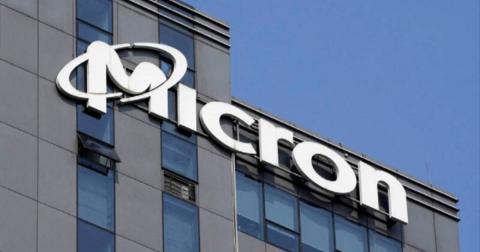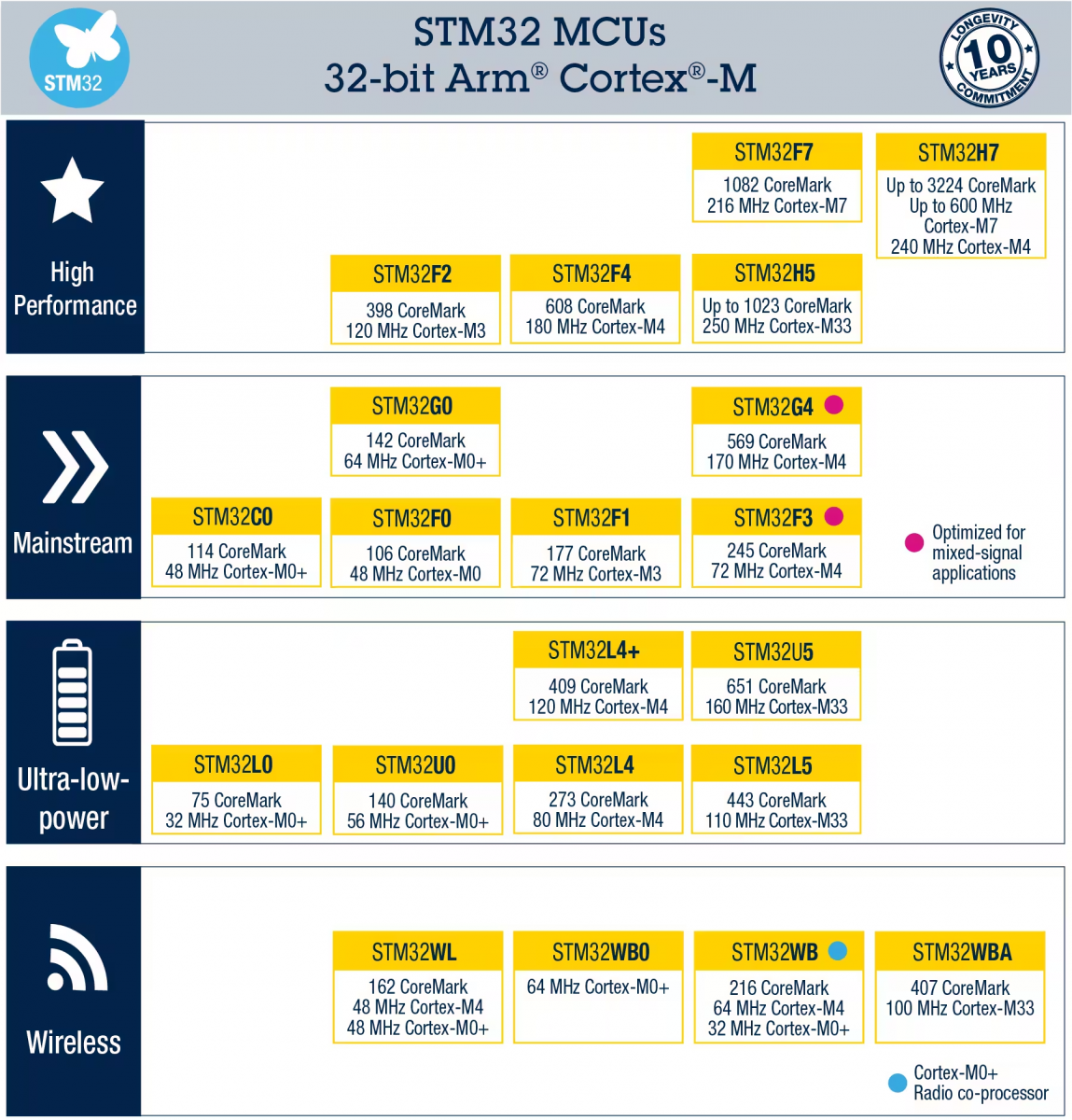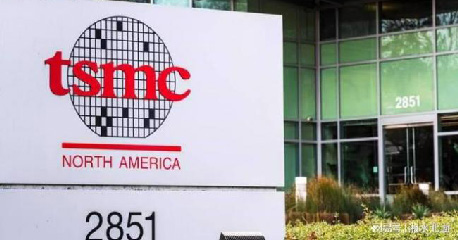
The semiconductor industry, particularly the field of memory chips, has recently been captivated by a legal dispute between two notable players: Micron, a longstanding titan in the market, and Yangtze Memory Technologies Co. (YMTC), a significant force emerging from China.
Micron, regarded as a leader in 3D NAND technology, has been instrumental in shaping the market with its contribution to chip innovation. Notably, in 2020, Micron produced 176-layer 3D NAND, escalating to its impressive 232-layer 3D NAND in 2022. However, this technical prowess is now under legal scrutiny.
A groundbreaking lawsuit commenced on November 9th, when YMTC filed a suit against Micron in the U.S. District Court for the Northern District of California. YMTC accuses Micron of infringing eight patents related to the design, manufacture, and sale of 3D NAND memory. This action has underscored how YMTC, once a newcomer to the sector, has evolved into a global contender in the 3D NAND space, propelled by their advancements like producing their 232-layer 3D NAND.
Micron's journey through the Chinese market has been tumultuous. A considerable half of Micron's revenue originated from China in 2017, totaling $20 billion. However, by 2022, amid evolving geopolitical landscapes and tightening export controls imposed by the U.S. government, Micron's sales dropped by $3.3 billion, resulting in their market share in China plummeting to a mere 11%. These challenges were compounded when, in the same year, Micron opted to cease its DRAM operations in Shanghai, as tensions heightened and barriers to competition escalated.
For Ample Chip, a company engaged in chip trading, these developments underline the complexities of navigating an industry where geopolitical frictions intersect with high-stakes technological competition. Entities like Ample Chip must balance committing to market-driven endeavors while remaining attuned to evolving regulatory landscapes affecting chip technologies.
Further, YMTC's proactive legal stance symbolizes a broader assertion by Chinese memory chip businesses in confronting U.S. competitors, marking a critical shift in the rivalry dynamic. It reflects an era where Chinese firms no longer trail behind but are challenging established norms and leading in certain technology segments, aiming to lead the global memory chip industry.
The legal skirmishes have historical roots. In 2016, due to a technological gap in DRAM, China turned to United Microelectronics Corporation (UMC) and Fujian Jinhua to collaborate, inviting UMC to spearhead the process development which was then to be transferred to Jinhua for mass production. The alliance faced a halt due to the intensifying tech war between the U.S. and China, snowballing into a sequence of lawsuits. Micron's 2017 allegations against Jinhua and UMC over siphoned chip designs retaliated the following year with counter-claims in China, which initially led to Micron's loss in a Chinese court, exacerbating the dispute.
Additionally, the sweeping export restrictions enforced by the U.S., citing national security, have not spared companies like YMTC, which found itself on an export blacklist. Retaliating, Chinese authorities subjected Micron's products to a cybersecurity review in March of the year and, by May, barred key infrastructure operators from purchasing Micron products after they failed to pass security clearances.
Reflecting on these narratives, chip companies such as Ample Chip operate within an unpredictable international landscape, where technological innovations can become battlegrounds of national interests and economic prowess. They must tread carefully while facilitating trade in an environment peppered with trade embargos and legal confrontations.
Despite past conflicts, there remains a glimpse of détente; by the end of 2021, Micron and UMC settled disputes, withdrawing lawsuits against each other and expanding their business cooperation. This shows that even in a world of fierce competition and geopolitical tension, collaboration and reconciliation are possible outcomes.
In summary, the semiconductor landscape is dynamic and fraught with competition and legal challenges. Companies like Micron and Ample Chip, albeit in differing roles, confront similar trials in innovation, market dominance, and regulatory adaptation. As markets evolve and legal battles progress, these entities will continue to shape the future of chip technology, each playing their part in a global tapestry where intellectual property and strategic positioning are of paramount importance.




